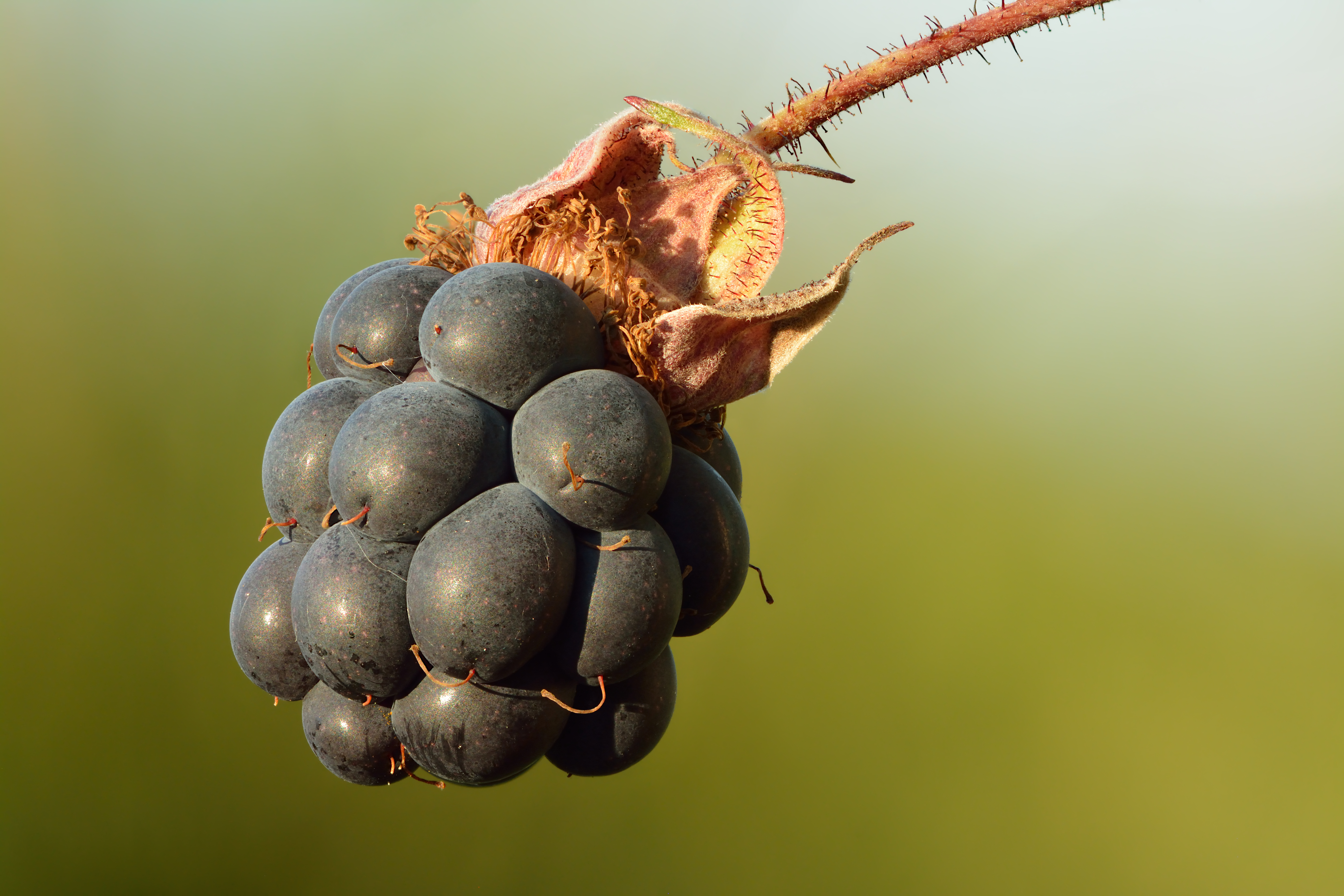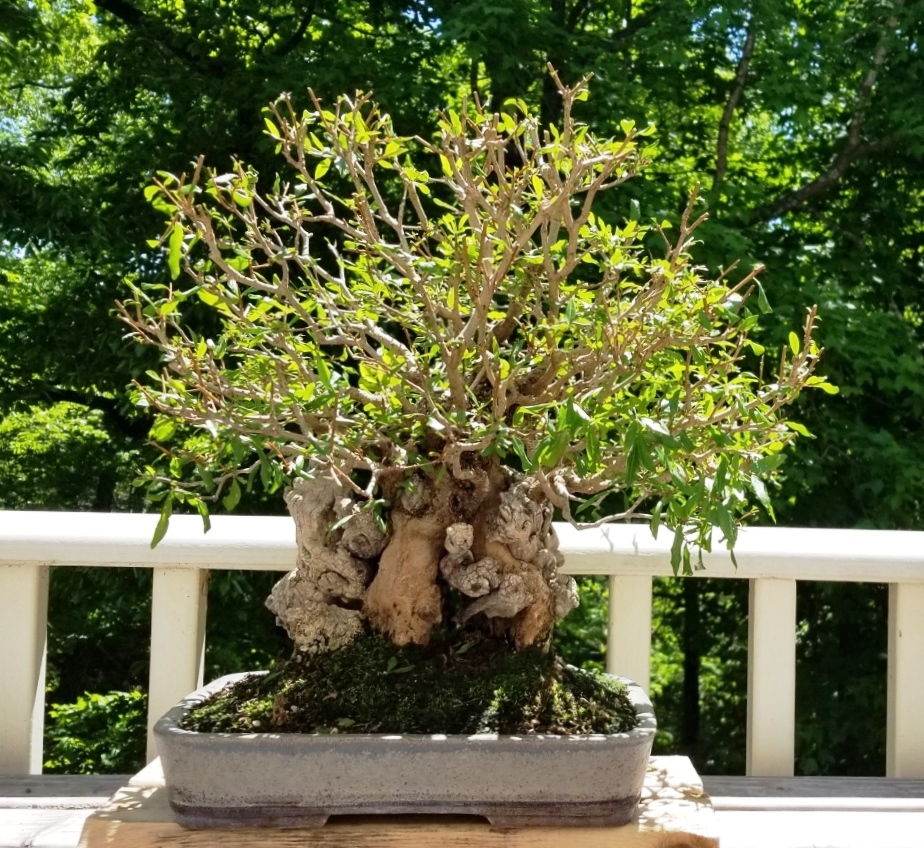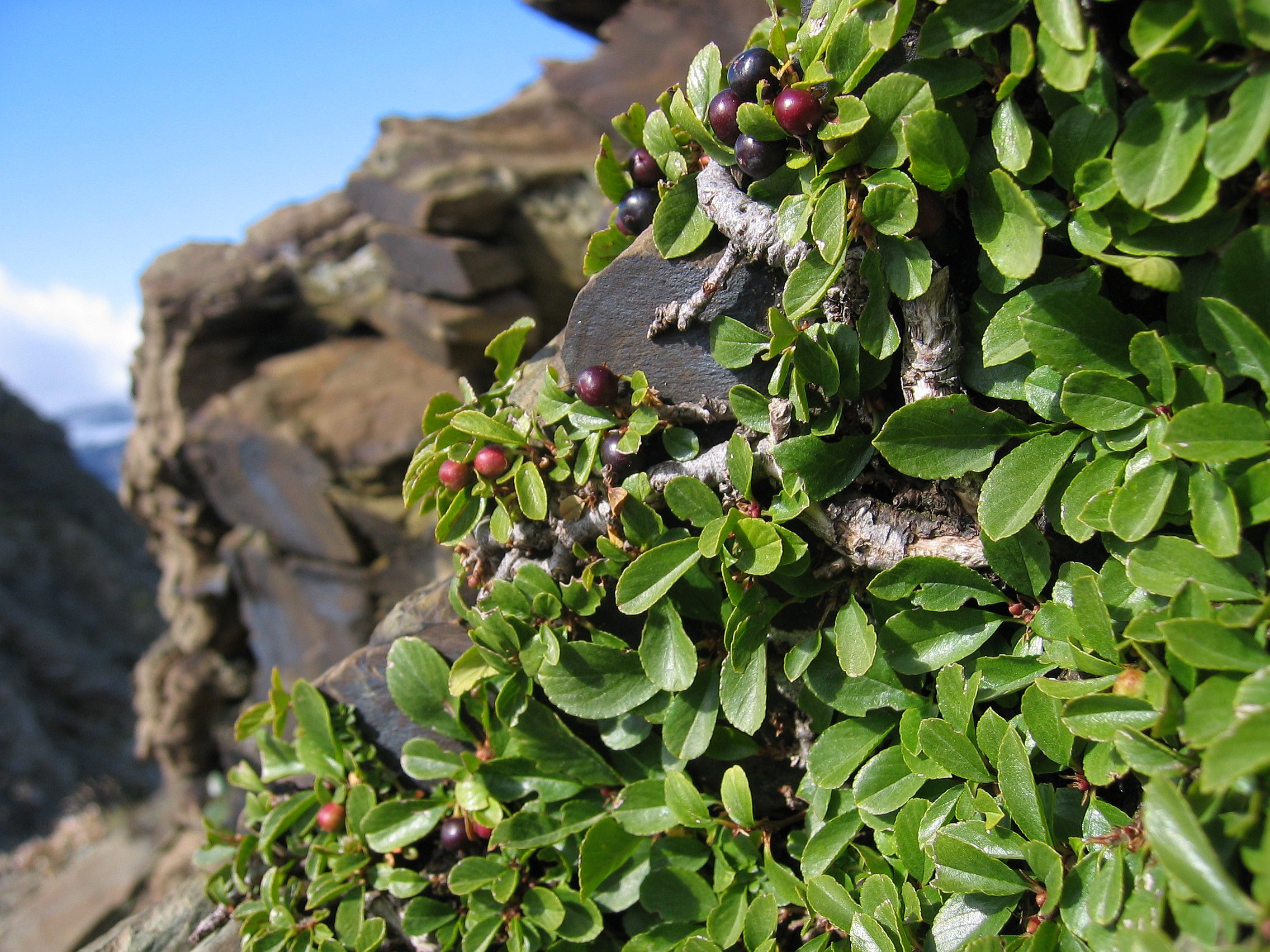|
Leonhard Rauwolf
Leonhard Rauwolf (also spelled Leonhart Rauwolff) (21 June 1535 – 15 September 1596) was a German physician, botanist, and traveller. His main notability arises from a trip he made through the Levant and Mesopotamia in 1573–75. The motive of the trip was to search for herbal medicine supplies. Shortly after he returned, he published a set of new botanical descriptions with an herbarium. Later he published a general travel narrative about his visit. Early years The young Rauwolff studied initially at University of Wittenberg and then studied botany and medicine at two universities in southern France, University of Montpellier and University of Valence. He was a pupil of Guillaume Rondelet in Montpellier in 1560. In 1564 he had the benefit of visiting the renowned botanist Carolus Clusius (who once had been a student of Rondelet too). In 1565 he set up a medical practice in his hometown, Augsburg, in Bavaria. In that year he married. Travel through Levant and Mesopotamia Rauw ... [...More Info...] [...Related Items...] OR: [Wikipedia] [Google] [Baidu] |
Augsburg
Augsburg ( , ; ; ) is a city in the Bavaria, Bavarian part of Swabia, Germany, around west of the Bavarian capital Munich. It is a College town, university town and the regional seat of the Swabia (administrative region), Swabia with a well preserved Altstadt (historical city centre). Augsburg is an Urban districts of Germany, urban district and home to the institutions of the Augsburg (district), Landkreis Augsburg. It is the List of cities in Bavaria by population, third-largest city in Bavaria (after Munich and Nuremberg), with a population of 304,000 and 885,000 in its metropolitan area. After Neuss, Trier, Worms, Germany, Worms, Cologne and Xanten, Augsburg is one of Germany's oldest cities, founded in 15 BC by the Romans as Augsburg#Early history, Augusta Vindelicorum and named after the Roman emperor Augustus. It was a Free Imperial City from 1276 to 1803 and the home of the patrician (post-Roman Europe), patrician Fugger and Welser families that dominated European ban ... [...More Info...] [...Related Items...] OR: [Wikipedia] [Google] [Baidu] |
Jerusalem
Jerusalem is a city in the Southern Levant, on a plateau in the Judaean Mountains between the Mediterranean Sea, Mediterranean and the Dead Sea. It is one of the List of oldest continuously inhabited cities, oldest cities in the world, and is considered Holy city, holy to the three major Abrahamic religions—Judaism, Christianity, and Islam. Both Israel and Palestine claim Jerusalem as their capital city; Israel maintains its primary governmental institutions there, while Palestine ultimately foresees it as its seat of power. Neither claim is widely Status of Jerusalem, recognized internationally. Throughout History of Jerusalem, its long history, Jerusalem has been destroyed at least twice, Siege of Jerusalem (other), besieged 23 times, captured and recaptured 44 times, and attacked 52 times. According to Eric H. Cline's tally in Jerusalem Besieged. The part of Jerusalem called the City of David (historic), City of David shows first signs of settlement in the 4th ... [...More Info...] [...Related Items...] OR: [Wikipedia] [Google] [Baidu] |
Rubus
''Rubus'' is a large and diverse genus of flowering plants in the rose family, Rosaceae, subfamily Rosoideae, most commonly known as brambles. Fruits of various species are known as raspberries, blackberries, dewberries, and bristleberries. It is a diverse genus, with the estimated number of ''Rubus'' species varying from 250 to over 1000, found across all continents except Antarctica. Most of these plants have woody stems with prickles like roses; spines, bristles, and gland-tipped hairs are also common in the genus. The ''Rubus'' fruit, sometimes called a bramble fruit, is an aggregate of drupelets. The term ''cane fruit'' or ''cane berry'' applies to any ''Rubus'' species or hybrid which is commonly grown with supports such as wires or canes, including raspberries, blackberries, and hybrids such as loganberry, boysenberry, marionberry and tayberry. The stems of such plants are also referred to as ''canes''. Description Bramble bushes typically grow as shrubs (t ... [...More Info...] [...Related Items...] OR: [Wikipedia] [Google] [Baidu] |
Pomegranate
The pomegranate (''Punica granatum'') is a fruit-bearing deciduous shrub in the family Lythraceae, subfamily Punica, Punicoideae, that grows between tall. Rich in symbolic and mythological associations in many cultures, it is thought to have originated from Afghanistan and Iran before being introduced and exported to other parts of Asia, Africa, and Europe. It was introduced into Spanish America in the late 16th century and into California by New Spain, Spanish settlers in 1769. It is widely cultivated throughout West Asia and the Caucasus region, South Asia, Central Asia, North Africa, north and tropical Africa, the drier parts of Southeast Asia, and the Mediterranean Basin. The fruit is typically in season in the Northern Hemisphere from September to February, and in the Southern Hemisphere from March to May. The pomegranate and its juice are variously used in baking, cooking, juice blends, garnish (food), garnishes, non-alcoholic drinks, and cocktails. Etymology The name ... [...More Info...] [...Related Items...] OR: [Wikipedia] [Google] [Baidu] |
Lycium
''Lycium'' is a genus of flowering plants in the nightshade family, Solanaceae. The genus has a disjunct distribution around the globe, with species occurring on most continents in temperate and subtropical regions. South America has the most species, followed by North America and southern Africa. There are several scattered across Europe and Asia, and one is native to Australia.Fukuda, T., et al. (2001)Phylogeny and biogeography of the genus ''Lycium'' (Solanaceae): Inferences from chloroplast DNA sequences. ''Molecular Phylogenetics and Evolution'' 19(2), 246-58. Common English names for plants of this genus include box-thorn,''Lycium''. The Jepson eFlora 2013. , and desert-thorn. |
Phillyrea
''Phillyrea'' is a genus of two species of flowering plants in the family Oleaceae, native to the Mediterranean region, and naturalized in the Canary Islands and Madeira. They are evergreen shrubs or small trees growing to 3–9 m tall, related to '' Ligustrum'', ''Olea'' and ''Osmanthus''. The leaves are in opposite pairs, small, leathery, ovate to lanceolate, 2–6 cm long and 0.5–2 cm broad. The flowers are small, greenish-white, produced in short clusters. The fruit is a drupe containing a single seed. Species *'' Phillyrea angustifolia'' L. - native to western and central Mediterranean Basin, Portugal to Albania. *'' Phillyrea latifolia'' L. - native to entire Mediterranean Basin, Portugal to Syria. A third species ''P. decora'' from the Caucasus is now usually treated in the genus ''Osmanthus'' as ''Osmanthus decorus ''Osmanthus'' is a genus of about 30 species of flowering plants in the family (biology), family Oleaceae. Most of the species are native t ... [...More Info...] [...Related Items...] OR: [Wikipedia] [Google] [Baidu] |
Crataegus Monogyna
''Crataegus monogyna'', known as common hawthorn, whitethorn, one-seed hawthorn, or single-seeded hawthorn, is a species of flowering plant in the rose family, Rosaceae. It grows to about tall, producing plant sexuality, hermaphrodite flowers in late spring. The berry-like pomes (known as haws) contain a stone-encased seed. The plant is native to Europe, but has been introduced in many other parts of the world. The pome flesh is of little culinary interest due to its dryness, but is used to make jellies. The young leaves and petals are also edible. Description The common hawthorn is a shrub or small tree up to about tall, with a dense crown. The Bark (botany), bark is dull brown with vertical orange cracks. The younger stems bear sharp thorns, about long. The leaves are long, obovate, and deeply lobed, sometimes almost to the midrib, with the lobes spreading at a wide angle. The upper surface is dark green above and paler underneath. The hermaphrodite flowers are produced i ... [...More Info...] [...Related Items...] OR: [Wikipedia] [Google] [Baidu] |
Paliurus Spina-christi
''Paliurus spina-christi'', commonly known as Jerusalem thorn, garland thorn, Christ's thorn, or crown of thorns, is a species of '' Paliurus'' native to the Mediterranean region, Southwest Asia and Central Asia, from Morocco and Spain east to Iran and Tajikistan. Description It is a deciduous shrub or small tree growing to 3–4 m tall. The shoots are zig-zagged, with a leaf and two stipular spines (one straight, one curved) on the outside of each kink. The leaves are oval, 2–5 cm long and 1–4 cm broad, glossy green, with an entire margin. The fruit is a dry woody nutlet centred in a circular wing 2–3.5 cm in diameter. Etymology As suggested by the Latin name, the spiny branches of this shrub were thought to be used to make the crown of thorns placed on Jesus' head before his crucifixion. ''Ziziphus spina-christi'', the Christ's thorn jujube, is also identified as being used for the crown of thorns. Use It is viewed as an ornamental curiosity and is cul ... [...More Info...] [...Related Items...] OR: [Wikipedia] [Google] [Baidu] |
Rhamnus (genus)
''Rhamnus'' is a genus of about 140 accepted species of shrubs or small trees, commonly known as buckthorns, in the family Rhamnaceae. Its species range from tall (rarely to ) and are native mainly in east Asia and North America, but found throughout the temperate and subtropical Northern Hemisphere, and also more locally in the subtropical Southern Hemisphere in parts of Africa and South America. One species, the common buckthorn (''Rhamnus cathartica''), is able to flourish as an invasive plant in parts of Canada and the United States, where it has become naturalized. Both deciduous and evergreen species occur. The leaves are simple, long, and arranged alternately, in opposite pairs, or almost paired (subopposite). One distinctive character of many buckthorns is the way the veination curves upward towards the tip of the leaf. The plant bears fruits which are black or red berry-like drupes. The name is due to the woody spine on the end of each twig in many species. One spe ... [...More Info...] [...Related Items...] OR: [Wikipedia] [Google] [Baidu] |
Coffee
Coffee is a beverage brewed from roasted, ground coffee beans. Darkly colored, bitter, and slightly acidic, coffee has a stimulating effect on humans, primarily due to its caffeine content, but decaffeinated coffee is also commercially available. There are also various coffee substitutes. Typically served hot, coffee has the highest sales in the world market for hot drinks. Coffee production begins when the seeds from coffee cherries (the '' Coffea'' plant's fruits) are separated to produce unroasted green coffee beans. The "beans" are roasted and then ground into fine particles. Coffee is brewed from the ground roasted beans, which are typically steeped in hot water before being filtered out. It is usually served hot, although chilled or iced coffee is common. Coffee can be prepared and presented in a variety of ways (e.g., espresso, French press, caffè latte, or already-brewed canned coffee). Sugar, sugar substitutes, milk, and cream are often added to mask ... [...More Info...] [...Related Items...] OR: [Wikipedia] [Google] [Baidu] |
Dutch Language
Dutch ( ) is a West Germanic languages, West Germanic language of the Indo-European language family, spoken by about 25 million people as a first language and 5 million as a second language and is the List of languages by total number of speakers, third most spoken Germanic language. In Europe, Dutch is the native language of most of the population of the Netherlands and Flanders (which includes 60% of the population of Belgium). "1% of the EU population claims to speak Dutch well enough in order to have a conversation." (page 153). Dutch was one of the official languages of South Africa until 1925, when it was replaced by Afrikaans, a separate but partially Mutual intelligibility, mutually intelligible daughter language of Dutch. Afrikaans, depending on the definition used, may be considered a sister language, spoken, to some degree, by at least 16 million people, mainly in South Africa and Namibia, and evolving from Cape Dutch dialects. In South America, Dutch is the native l ... [...More Info...] [...Related Items...] OR: [Wikipedia] [Google] [Baidu] |
John Ray
John Ray Fellow of the Royal Society, FRS (November 29, 1627 – January 17, 1705) was a Christian England, English Natural history, naturalist widely regarded as one of the earliest of the English parson-naturalists. Until 1670, he wrote his name as John Wray. From then on, he used 'Ray', after "having ascertained that such had been the practice of his family before him". He published important works on botany, zoology, and natural theology. His classification of plants in his ''Historia Plantarum (Ray book), Historia Plantarum'', was an important step towards modern Taxonomy (biology), taxonomy. Ray rejected the system of dichotomy, dichotomous division by which species were classified by repeated sub-division into groups according to a pre-conceived series of characteristics they have or have not, and instead classified plants according to similarities and differences that emerged from observation. He was among the first to attempt a biological definition for the concept of ' ... [...More Info...] [...Related Items...] OR: [Wikipedia] [Google] [Baidu] |








